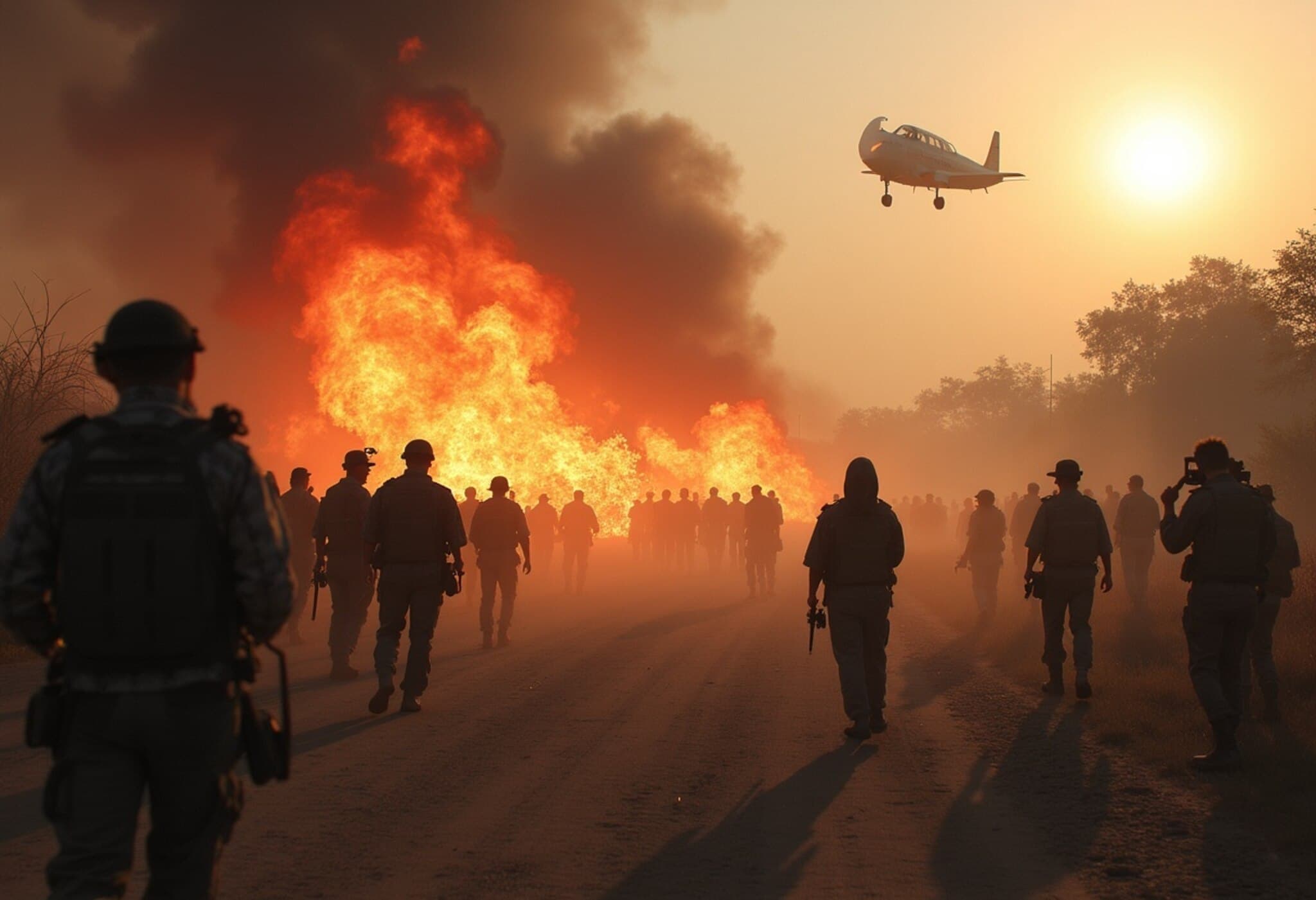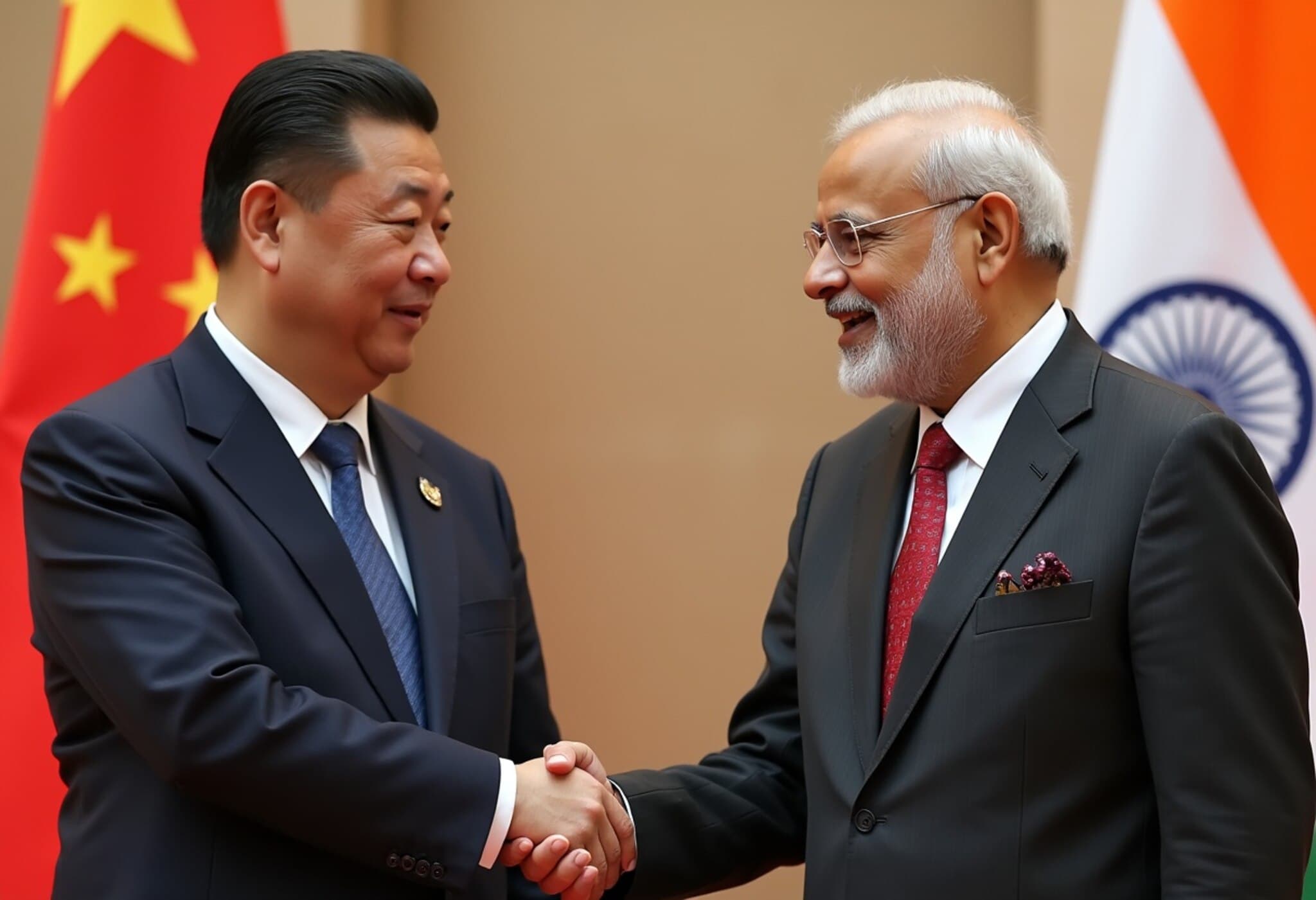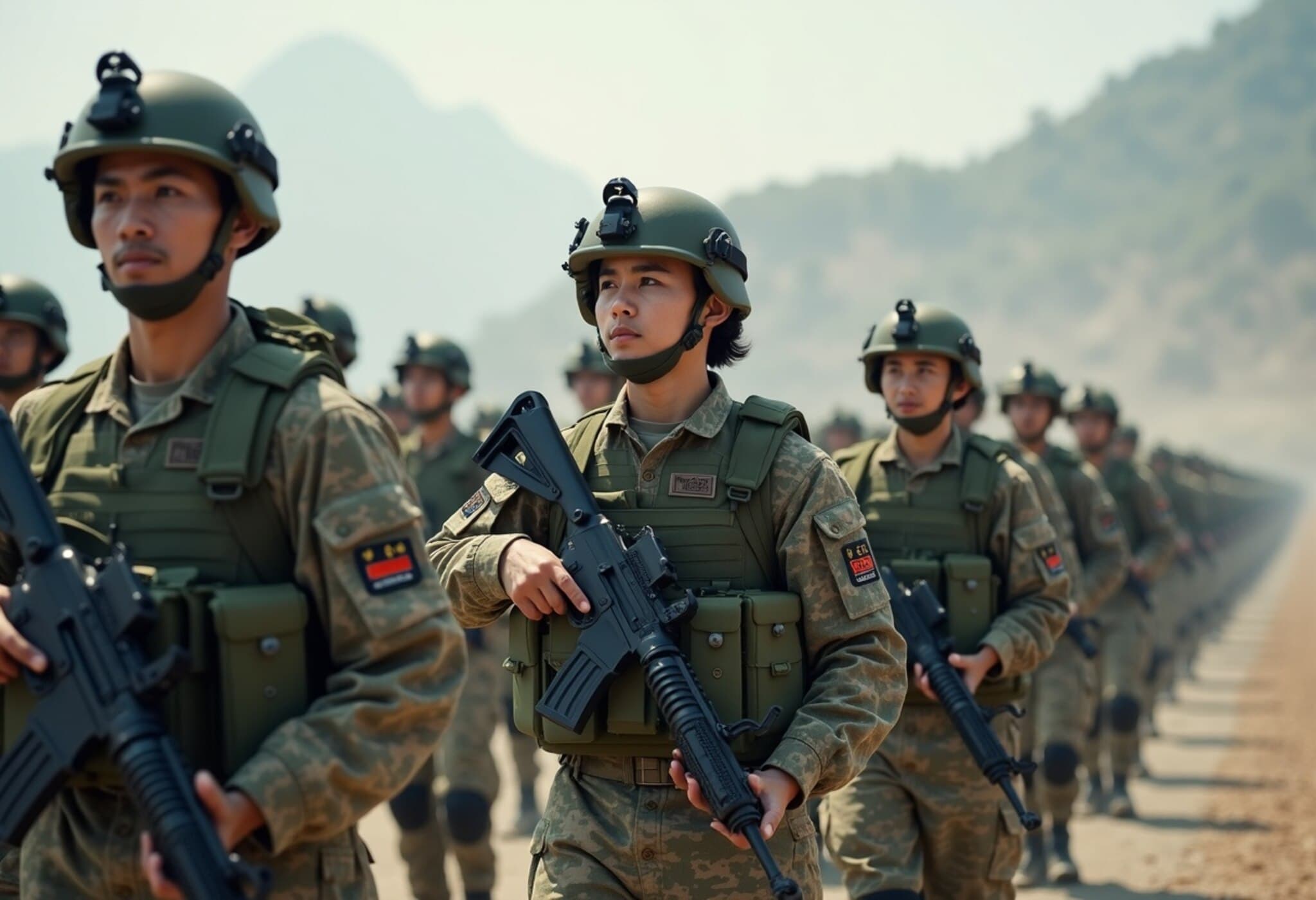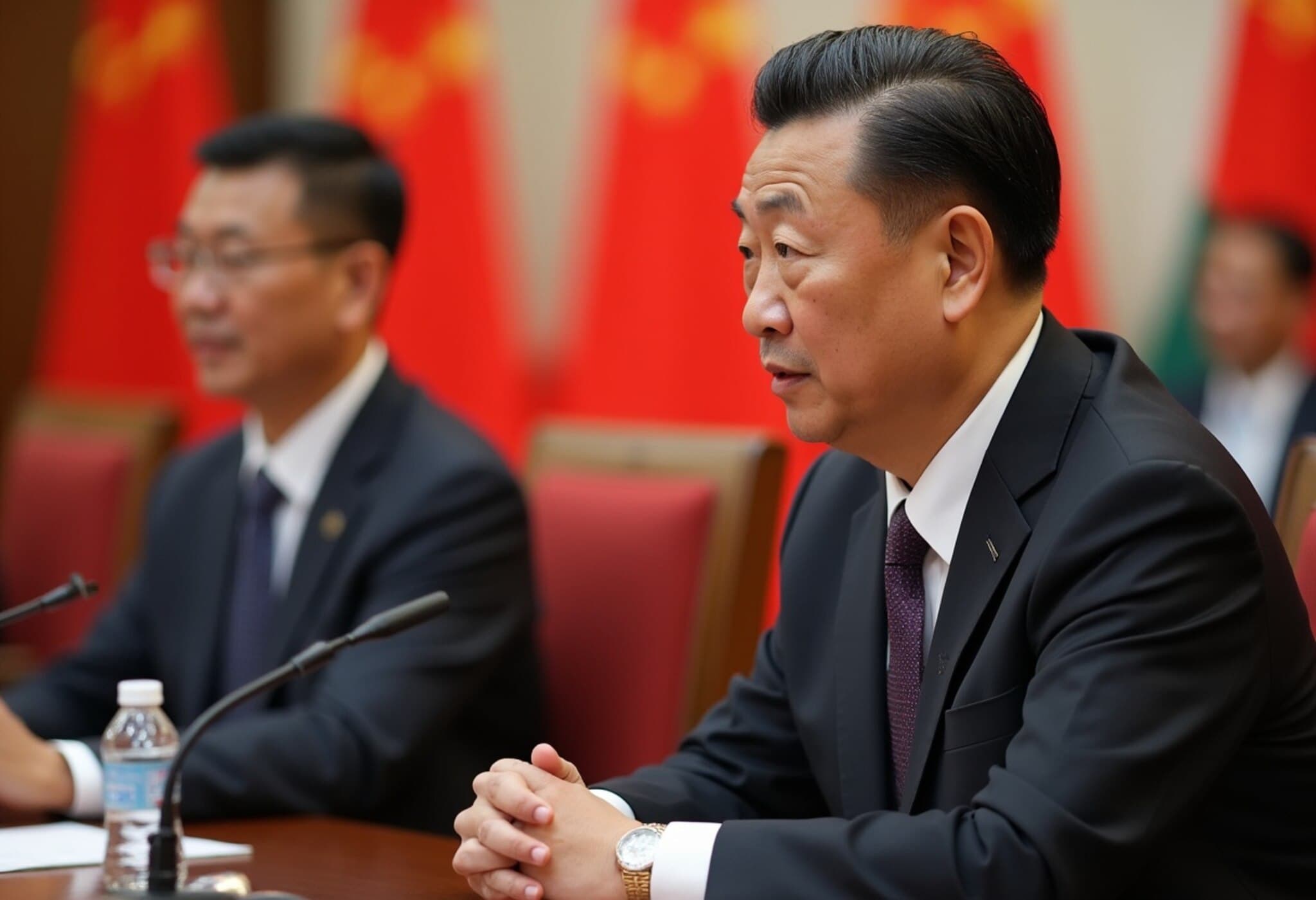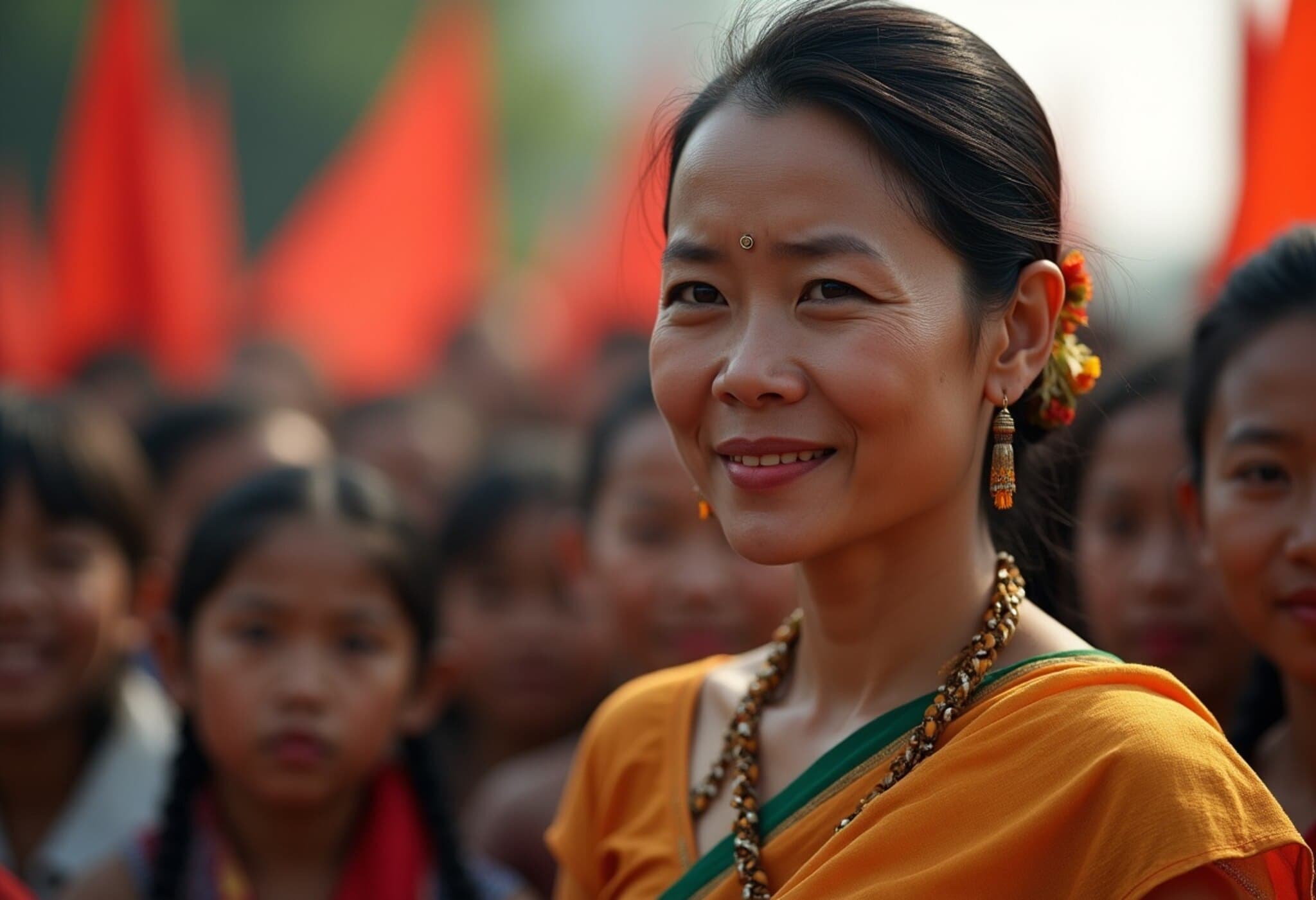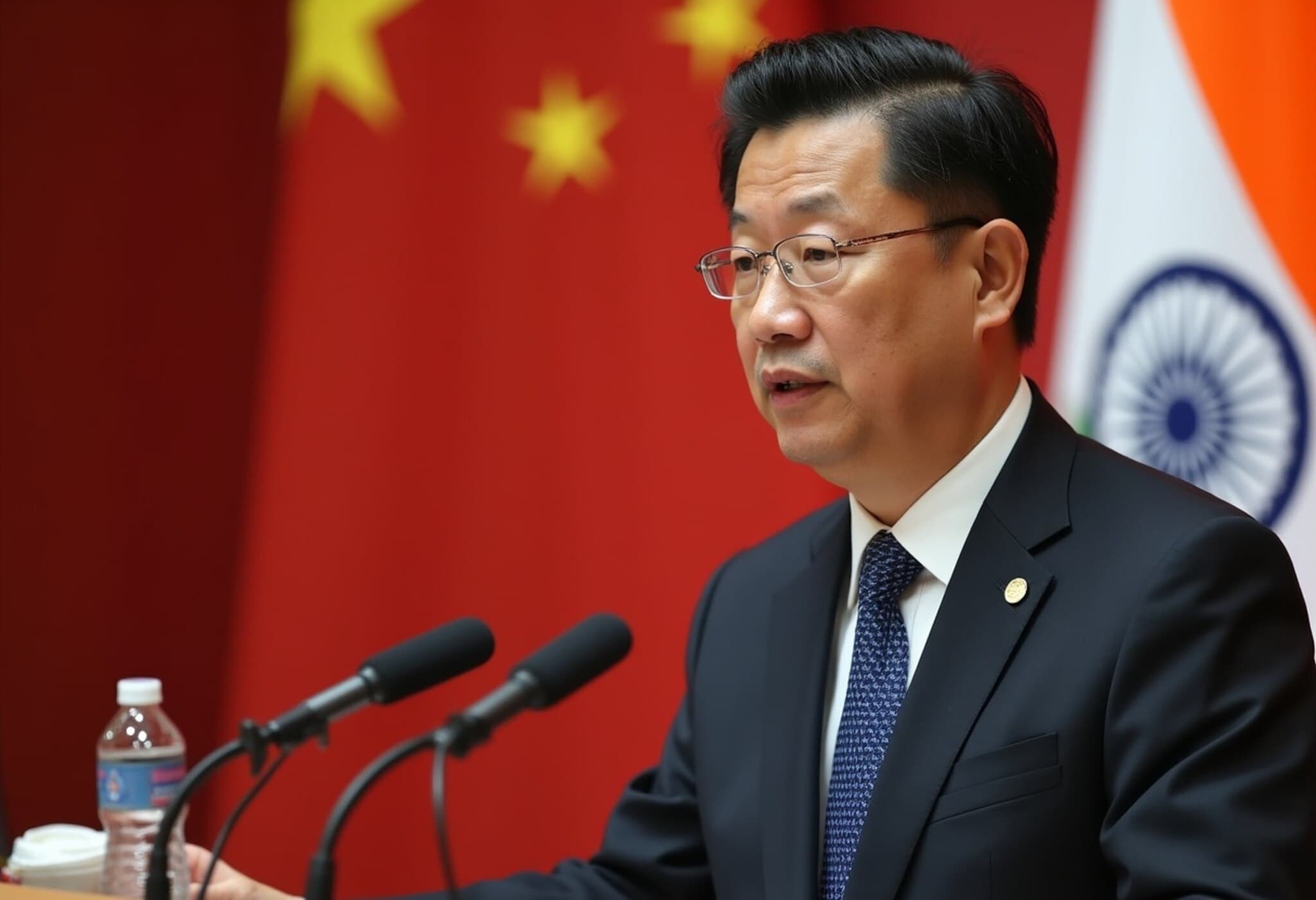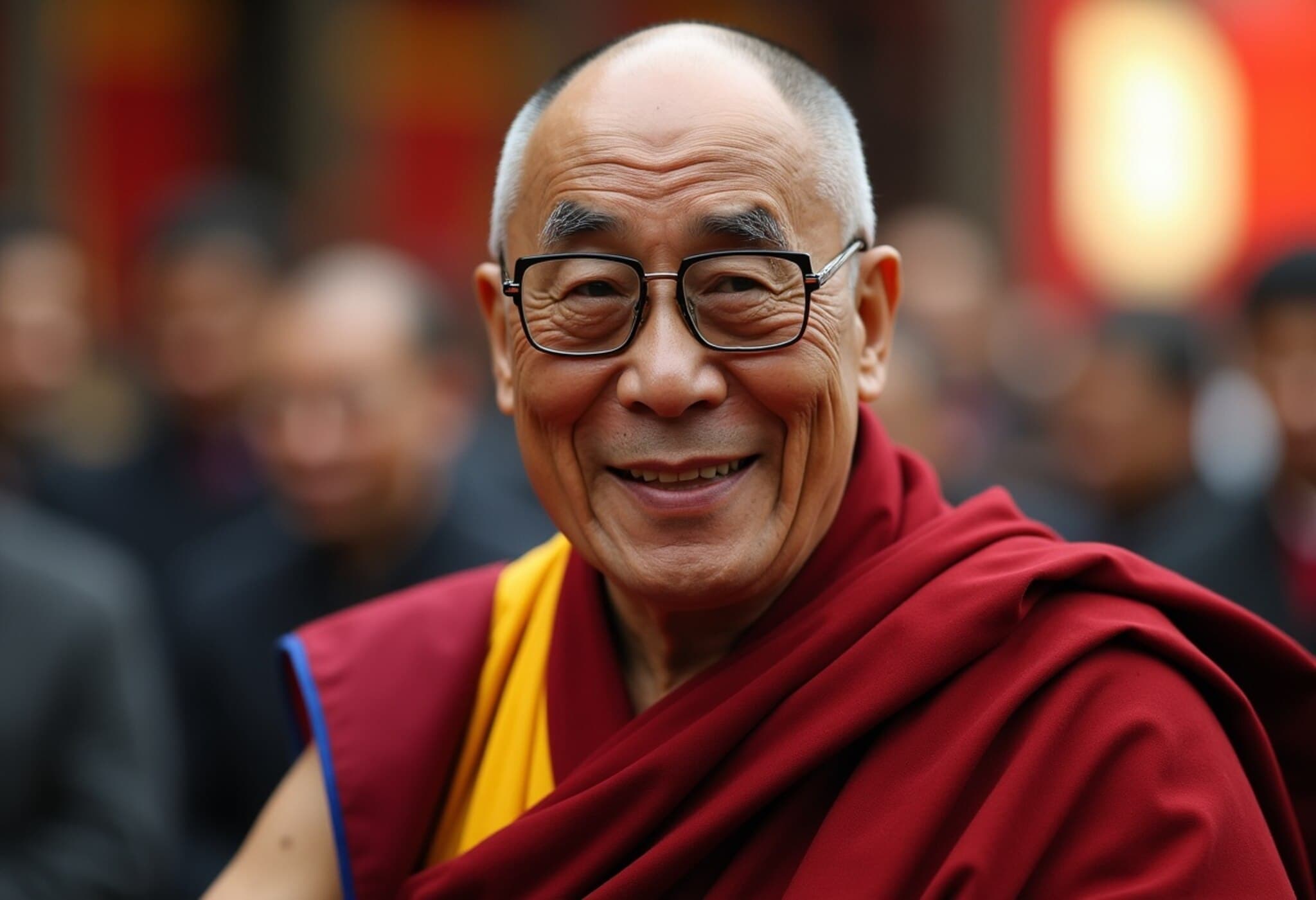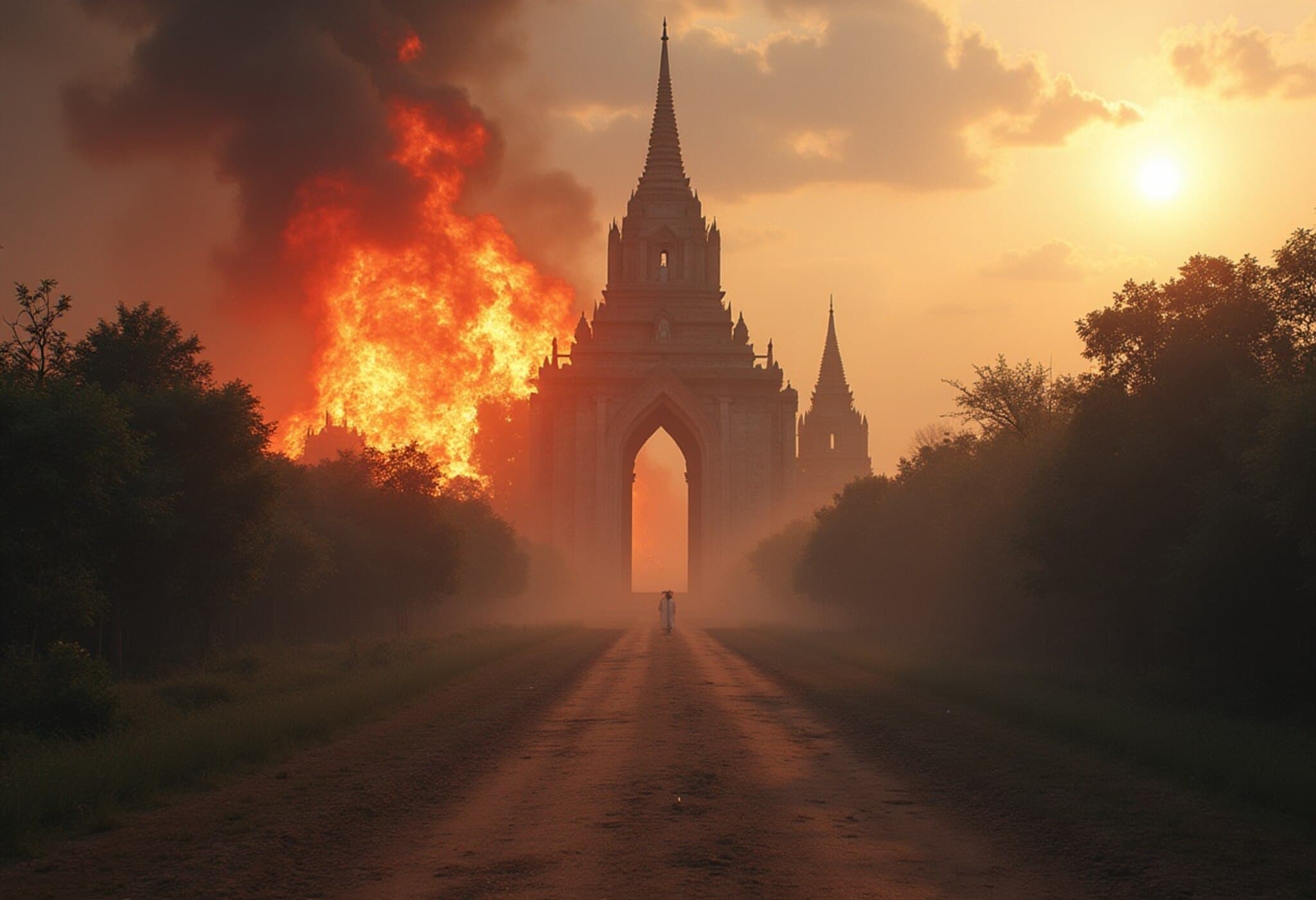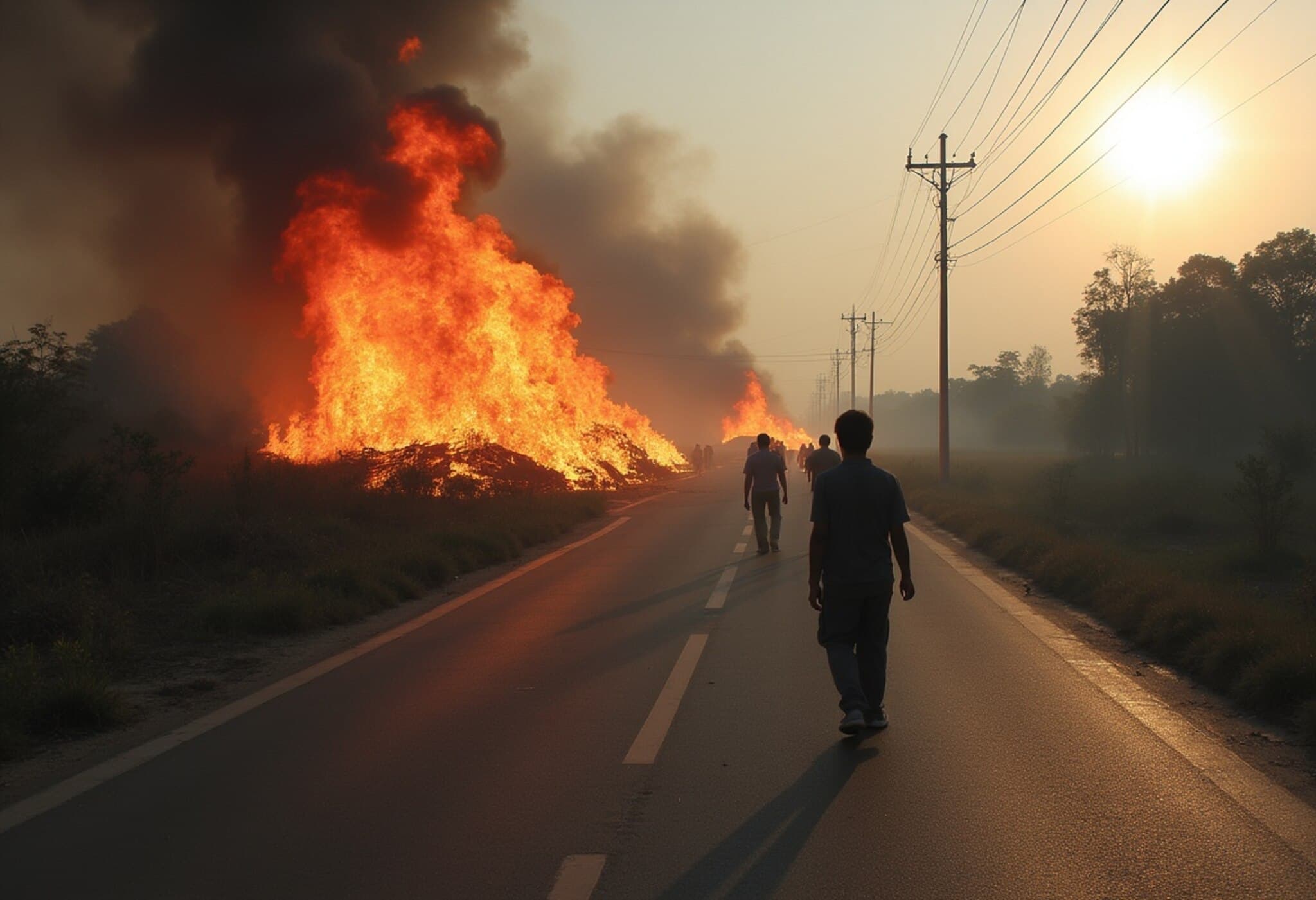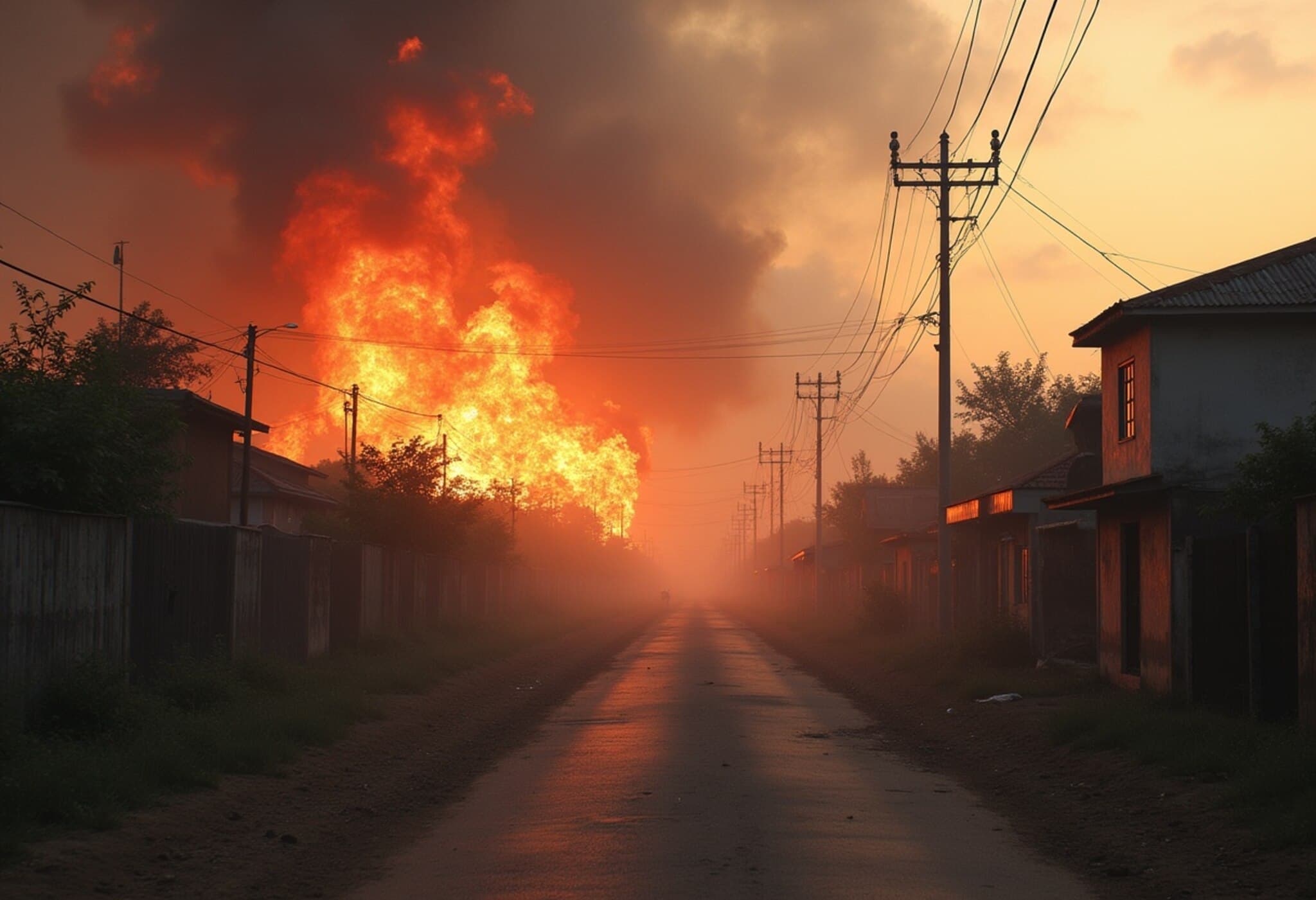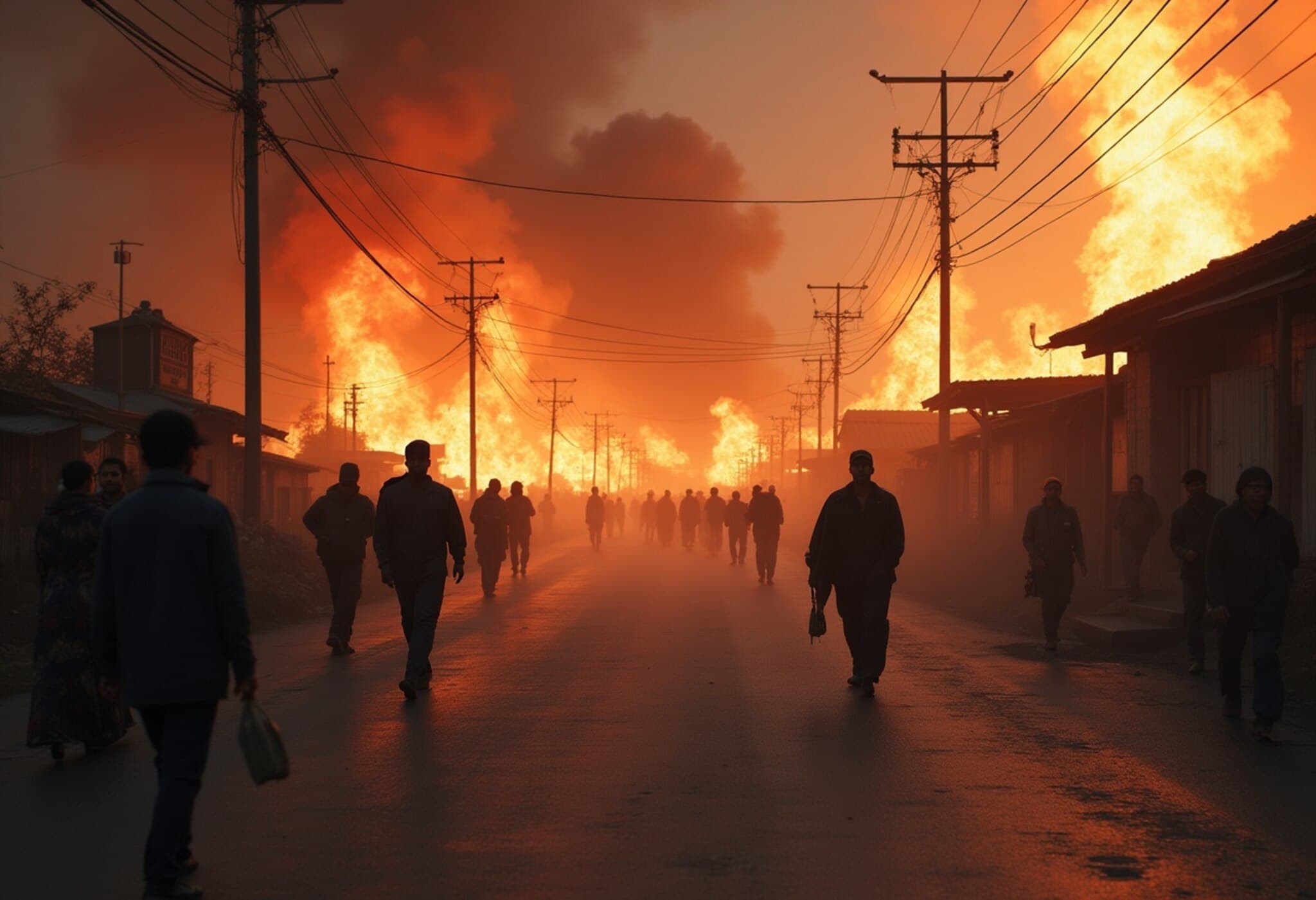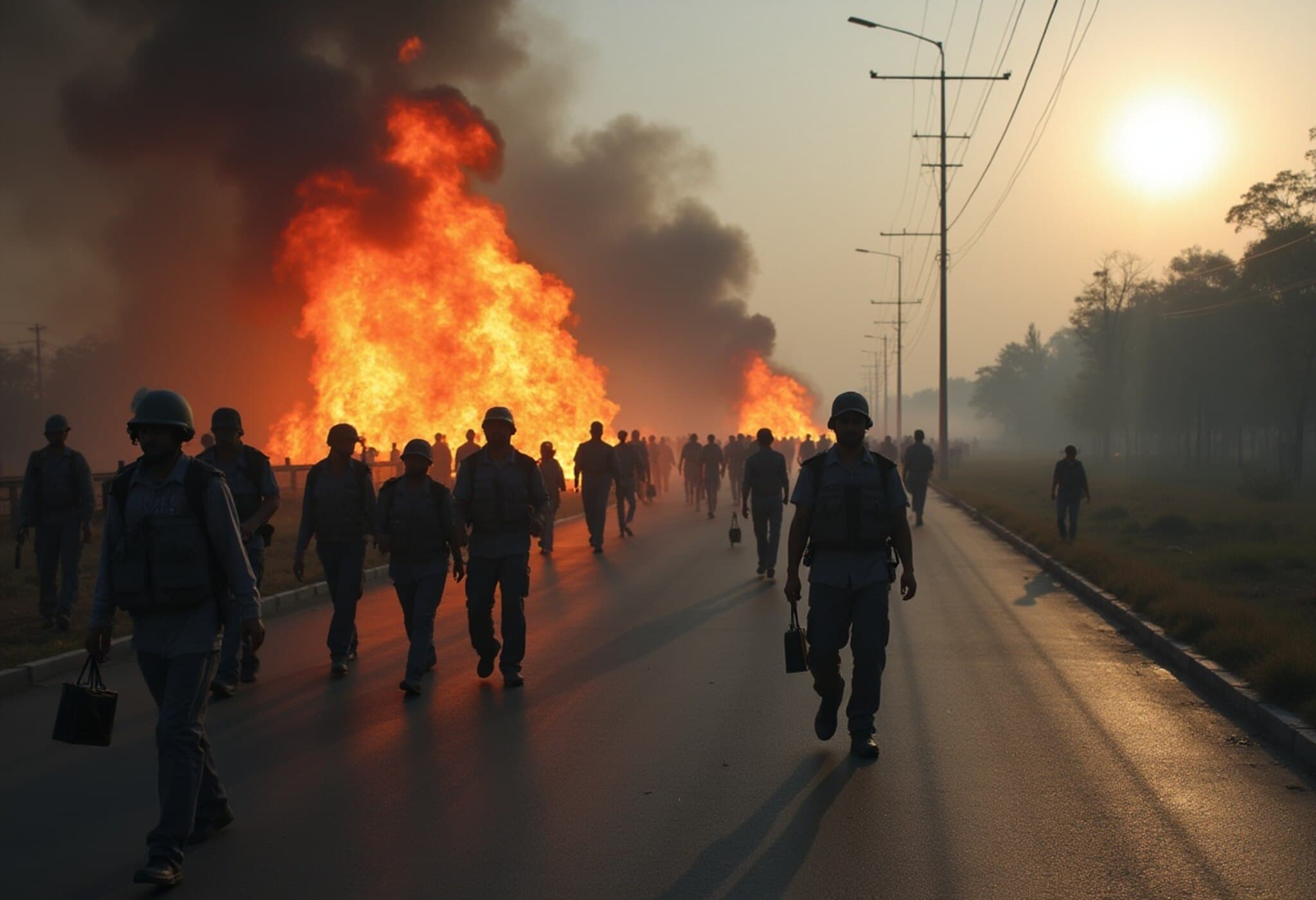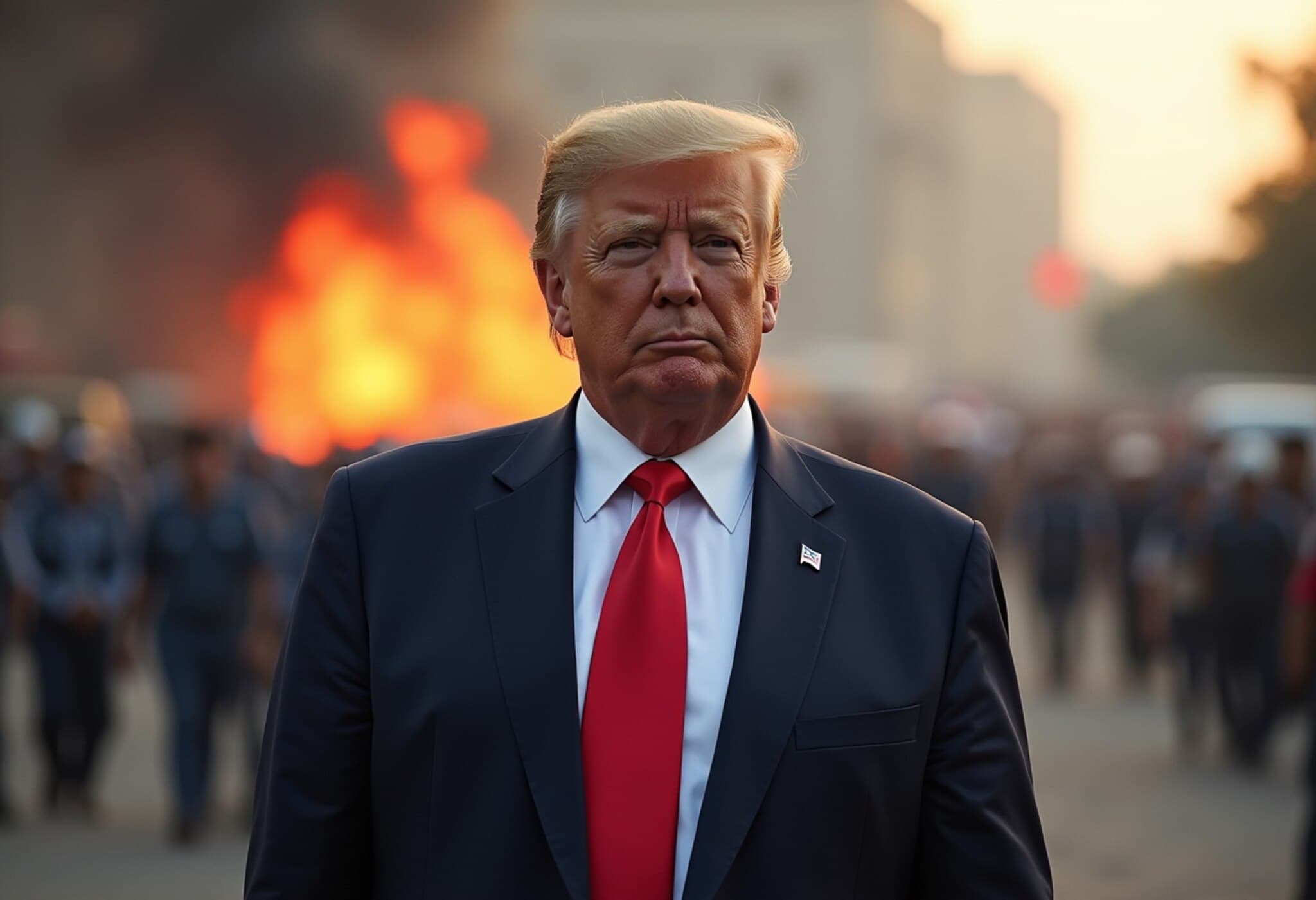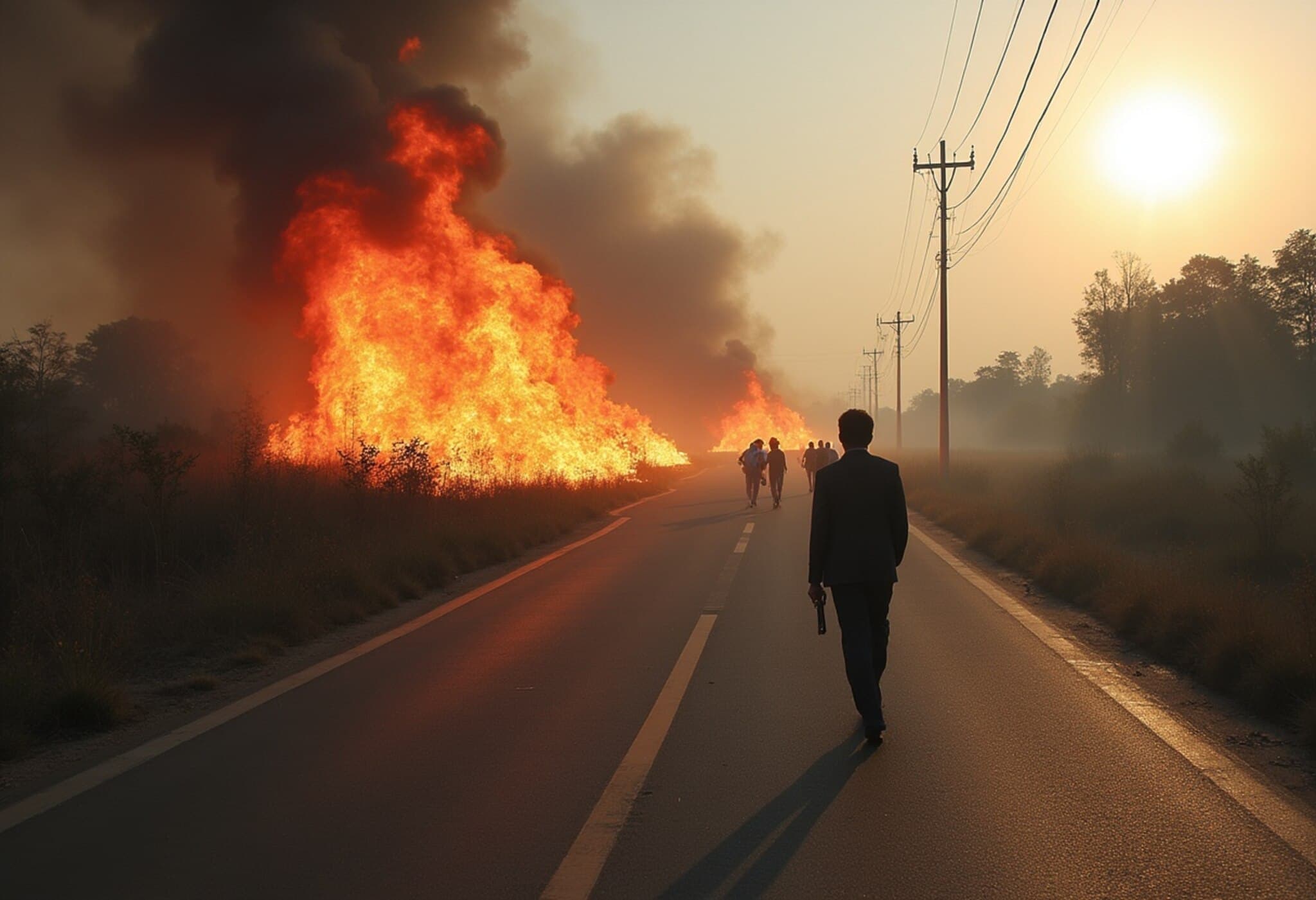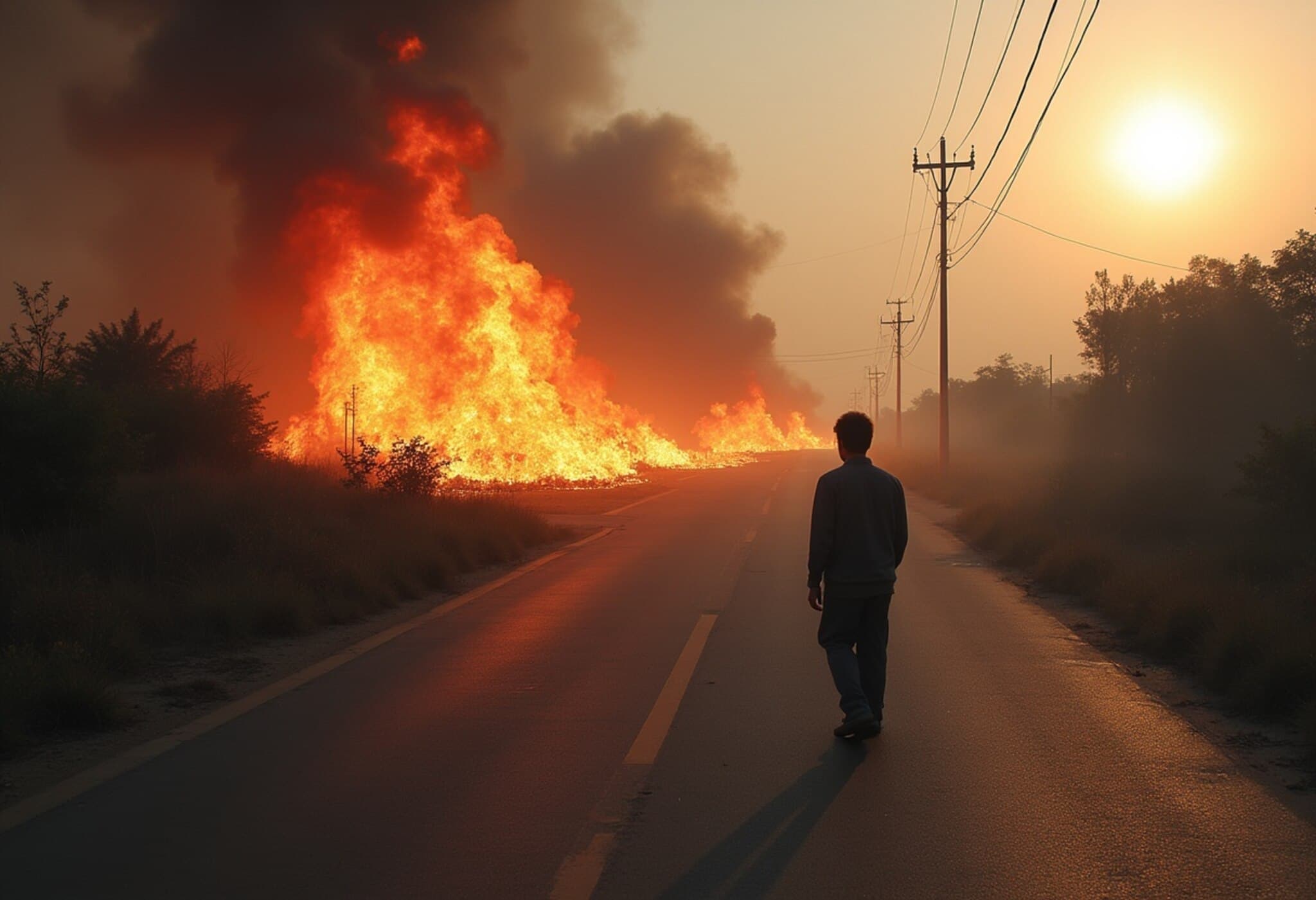Thai Acting PM Warns Border Clashes With Cambodia Could Escalate Into Full-Scale War
Recent clashes between Thai and Cambodian forces along their shared border have intensified, fueling fears of a potential war between the two Southeast Asian neighbors. Acting Prime Minister Phumtham Wechayachai alerted the public on Friday that ongoing hostilities, which have already involved heavy artillery and the use of F-16 fighter jets, may spiral beyond localized skirmishes.
Escalating Violence Along a Historically Volatile Border
The conflict has spread across six separate flashpoints along a 209-kilometer stretch between Thailand's Surin province and Cambodia’s Oddar Meanchey province. Initial fighting broke out near the ancient 11th-century Ta Muen Thom temple, an emblematic site at the heart of the territorial dispute.
According to Thailand’s Defense Ministry and multiple international reports, Cambodia launched sustained bombardments using artillery and BM-21 Grad rocket systems, prompting Thailand to respond with precision airstrikes supported by an F-16 fighter jet. This marks one of the most significant military escalations in the region in recent years.
Human Cost and Civilian Displacement
The conflict has tragically claimed at least 15 Thai lives, based on figures released by Thailand’s Health Ministry, although Cambodian casualties remain unconfirmed. Thousands of residents have fled their homes, with over 40,000 Thai civilians displaced along the affected border areas. Makeshift bunkers and evacuation centers in Surin province have become temporary shelters for those escaping the violence. The shelling has even damaged medical facilities, including a hospital in Surin, sparking sharp criticism and raising concerns about violations of international humanitarian law.
Historical Roots Fueling the Confrontation
The long-standing dispute over the border derives from colonial-era delineations and unresolved claims over culturally significant landmarks such as Preah Vihear and Ta Muen Thom temples. The International Court of Justice (ICJ) ruled in 1962 that the Preah Vihear temple belongs to Cambodia, a decision that remains contentious in Thailand. Subsequent heritage site listings and sporadic military confrontations over the last two decades have perpetuated tensions.
Earlier this year, Cambodia approached the ICJ again to seek further clarity, but Thailand declined to recognize the court's jurisdiction, favoring bilateral negotiations instead. This refusal complicates diplomatic avenues and perpetuates the risk of military flare-ups.
Recent Triggers Leading to Armed Clashes
- May 2025: A shootout between soldiers on both sides resulted in a Cambodian military fatality, igniting simmering tensions.
- Earlier this month: Landmine explosions injured Thai soldiers, leading Thailand to accuse Cambodia of laying new mines and expelling Cambodia’s envoy; Cambodia responded with trade sanctions.
- July 2025: Escalating artillery exchanges culminated in Thailand’s rare airstrike using an F-16.
Political Ripples and Domestic Impact in Thailand
The border clashes have exacerbated political instability within Thailand’s coalition government. Prime Minister Paetongtarn Shinawatra was suspended pending an ethics investigation related to a leaked phone call with former Cambodian leader Hun Sen, which included sensitive criticisms. This controversy undermined confidence in her leadership and led to the withdrawal of support by the Bhumjaithai Party, a key coalition member.
Public protests demanding a more assertive stance against Cambodia have added pressure on the government. Acting Prime Minister Phumtham Wechayachai has vowed to defend Thai sovereignty while advocating for peaceful dialogue, illustrating the complex balance between military response and diplomatic efforts.
Regional and International Responses
Neighboring countries Vietnam and the Philippines have called for restraint to prevent further destabilization of the ASEAN region. China has offered to mediate the dispute in hopes of preserving regional stability. The United Nations Security Council is convening to address the escalating crisis. The United States has issued a strong call urging an immediate ceasefire, emphasizing the protection of civilians and the need for peaceful resolution mechanisms.
Analyst Perspective: Navigating a Delicate Security Dilemma
Experts highlight that this confrontation reflects broader challenges faced by countries managing colonial-era border complexities alongside nationalistic sentiments. The use of heavy weaponry and airpower marks a warning sign of deteriorating conflict dynamics. Without swift diplomatic engagement, there is a real risk that localized disputes could metastasize into a protracted conflict with regional ramifications.
For the United States and international actors, the priority remains supporting channels for dialogue, humanitarian aid for displaced civilians, and upholding international law. The situation also raises important questions about ASEAN’s role in mediating inter-member disputes and the effectiveness of existing regional security frameworks.
What Lies Ahead?
With tensions running high and both sides entrenched in their positions, the path to peace appears precarious. Observers call for renewed diplomatic initiatives, confidence-building measures along the border, and transparent communication to prevent misconceptions that could escalate violence.
Key Takeaways
- Multiple flashpoints along the Thai-Cambodian border have become sites of active military engagement, causing civilian casualties and displacement.
- Historical disputes and national pride fuel the confrontation, complicating conflict resolution.
- Political instability within Thailand adds layers of complexity to the government’s crisis management.
- Regional stakeholders emphasize restraint and diplomatic intervention to avoid broader conflict.
Editor’s Note
This escalating border conflict underscores the fragile nature of peace in regions marked by unresolved historical grievances and nationalistic fervor. While the human cost continues to rise, international attention and mediation efforts remain crucial to prevent the situation from spiraling into war. Readers should watch closely how ASEAN, the UN, and global powers respond to this unfolding crisis, recognizing its broader implications for regional security, humanitarian stability, and international law.

